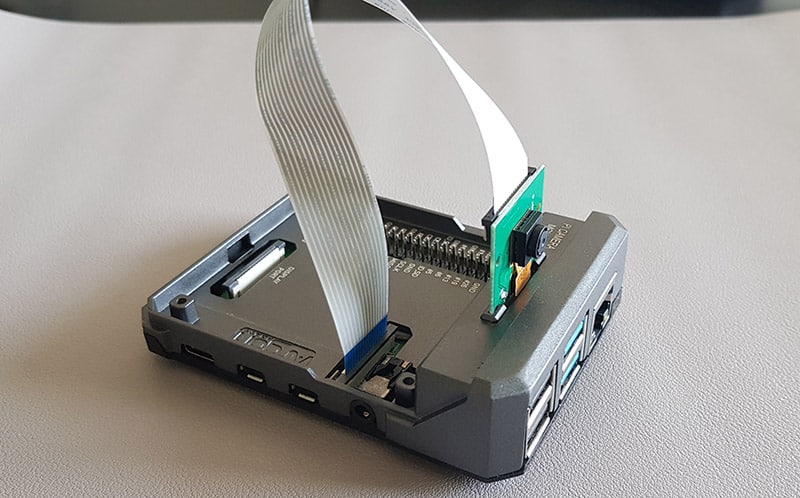
- Flirc vs argon neo install#
- Flirc vs argon neo 64 Bit#
- Flirc vs argon neo 32 bit#
- Flirc vs argon neo software#
Flirc vs argon neo install#
Next install it as you normally would ( follow these steps if you need help!). I chose to go with the "lite" option since I run my Pis headless.
Flirc vs argon neo 32 bit#
The typical Raspbian/Raspberry Pi OS is 32 bit (since until recently Raspberry Pis did not have more than 4 gigs of RAM), so you'll need to download it specially.
Flirc vs argon neo 64 Bit#
In addition to your 64 bit Pi, you'll need a 64 bit OS to run the arm64 client. These days, I recommend the Raspberry Pi 4 in either its 2GB or 4GB configuration for the best bang for your buck. Folding uses around 500MB of RAM so you'll be good with either a 1GB or 2GB model. You'll need a Raspberry Pi with a 64 bit processor to be able to run A 3B or 4 will do nicely. Here's what it takes to start folding on a Raspberry Pi. Installing Folding at Home on Raspberry Pi
Flirc vs argon neo software#
After all, why would the developers waste time building the software for low power ARM devices when desktop x86 processors and GPUs can run circles around them? I decided to search anyway and forum posts like these started to give me hope. Unfortunately, when I first looked, no folding client existed for ARM processors. After all, they're probably just as powerful as that old Gateway PC.

Rather than collect dust I thought it would be fun to put them to work (even though it's probably not an efficient use of power). It got me wondering, though, "How would my Raspberry Pis fare?" I've got a ton of these suckers sitting dormant these days, both from my Pi Kubernetes cluster and the Raspberry Pi fan performance tests that I conducted.

My desktop with its GTX 1070 graphics card chewed through simulations like crazy - leagues faster than the old Gateway ever could. So once again I did my civic duty and fired up my computers to contribute! 😒 In addition to the typical work units, was now distributing work to help researchers better understand the SARS-CoV-2 virus ( you can read more on that here!). 🤓Īnyways, I kind of forgot about the project until this past year - thanks to Covid-19. I'm not sure how I found out about it, but I remember being inordinately excited by the prospect of contributing CPU cycles to simulate protein folding and help discover cures for cancer and other diseases. Tl dr? Feel free to skip ahead to the installation guide below.īack when I was a kid I used to run on our old family computer - a silver Gateway tower with a 1.8 GHz Pentium 4.


 0 kommentar(er)
0 kommentar(er)
